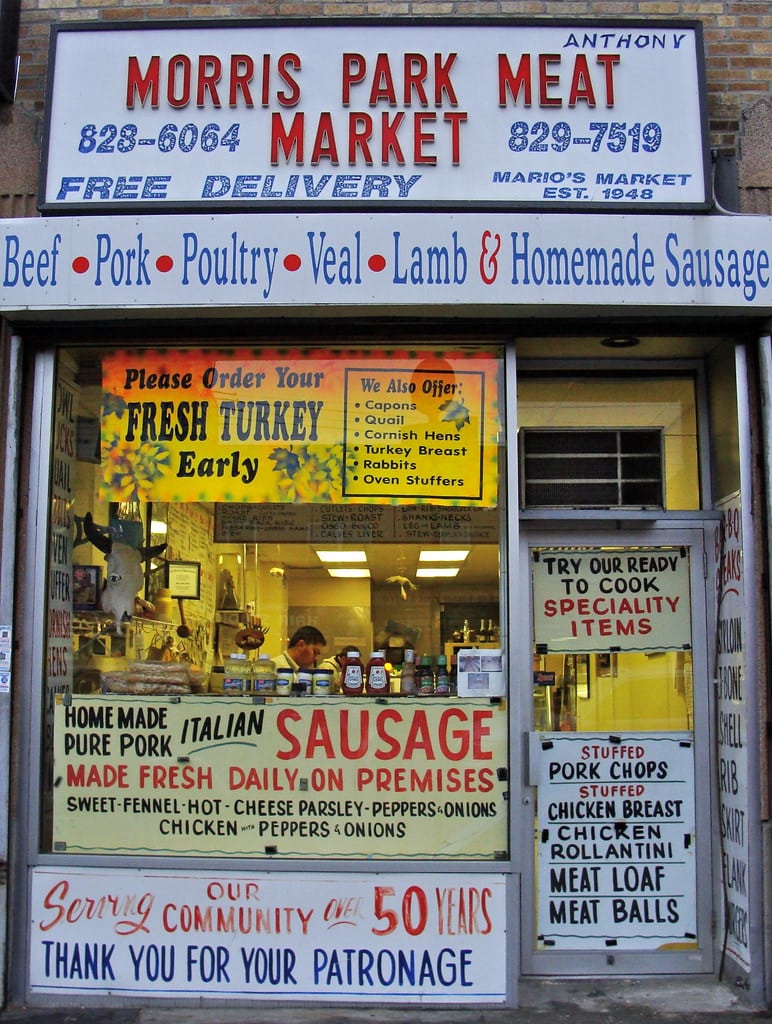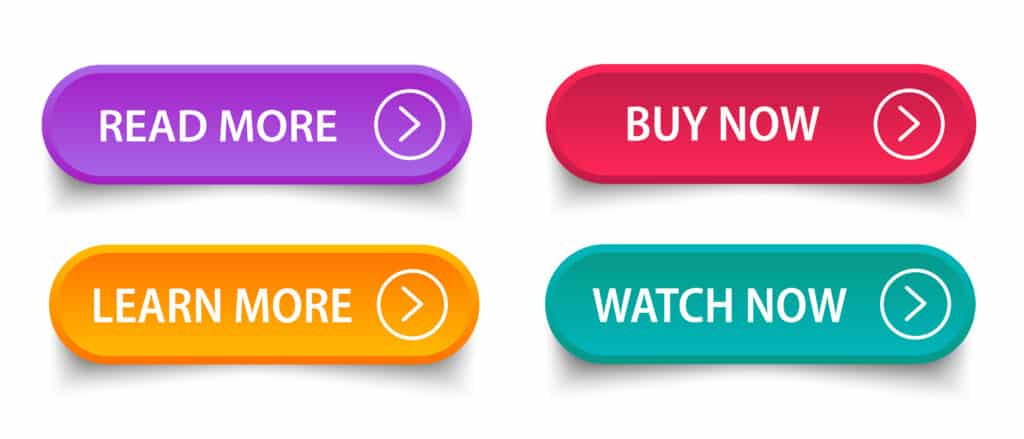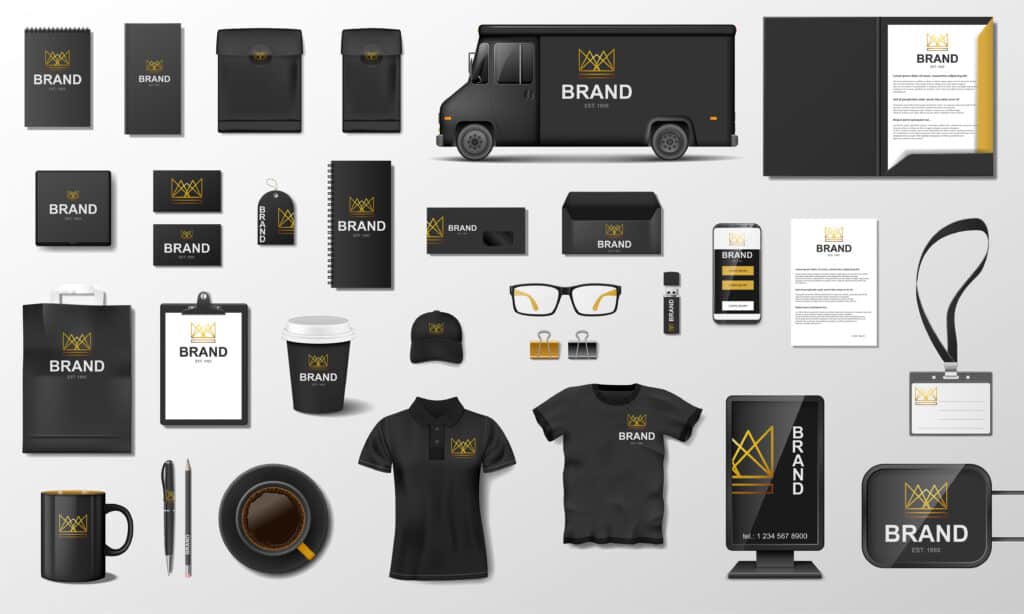Marketing materials play a crucial role in promoting your brand and engaging your target audience. They can be in the form of brochures, flyers, posters, newsletters, email campaigns, or even social media posts.
The goal of marketing materials is to grab the attention of your target audience, convey your message, and encourage them to take action. Creating effective marketing materials is not an easy task, but with the right approach, you can create materials that will help you achieve your marketing goals.
Here are seven tips to help you create effective marketing materials that will engage your target audience and drive results.
1. Define Your Target Audience
The first step in creating effective marketing materials is to understand who your target audience is. This includes understanding their demographics, interests, buying habits, and pain points. When you understand your target audience, you can create marketing materials that will resonate with them and address their needs.

For example, if your target audience is middle-aged professionals, you may want to create materials that are more formal and use a sophisticated tone. On the other hand, if your target audience is young adults, you may want to use a more casual tone and incorporate more visuals and graphics.
2. Keep It Simple
Just about everything in life is better when it’s simple. The KISS (keep it simple, stupid) method applies to your marketing materials the same way it applies to everything else.
Marketing materials that are too complex or cluttered are less likely to be effective. Your audience should be able to understand your message quickly and easily. This means keeping your design simple and straightforward, and avoiding the use of too many fonts, colors, or graphics.

In addition to the design, it’s also important to keep your message simple and to the point. Make sure your marketing materials clearly convey the benefits of your product or service and the call-to-action you want your audience to take in the least amount of words possible.
3. Use Strong Visuals
Human beings are visual animals. The old adage “a picture is worth a thousand words” is a standard in the lexicon for a reason. Visuals are a powerful tool for grabbing the attention of your audience and conveying your message. High-quality images and graphics that are relevant to your message can make a big impact.

Incorporating visuals into your marketing materials can also help break up long blocks of text and make your materials more engaging. When selecting visuals, be sure to choose images that are high-quality and visually appealing. If you don’t have access to professional images, there are many stock photo websites where you can find quality images at a reasonable price.
The right marketing company will also have access to high quality images and the ability to provide photography services for you at a reasonable price as well.
4. Highlight the Benefits
When creating marketing materials, far too many people describe features instead of focusing on the benefits of their product or service. Your audience wants to know how your product or service will make their lives easier, save them time or money, or solve a problem they have.
For example, the amount of storage space in a refrigerator as measured in cubic feet is a feature. Saving time on multiple grocery shopping trips every week or stocking up your freezer from the big box store at a discount are benefits.
By highlighting the benefits, you can engage your audience and create a strong emotional connection with them.
5. Make It Actionable

One of the most important elements of marketing materials is the call-to-action. This is the part of your materials where you tell your audience what you want them to do next. This could be to buy your product, sign up for your service, or visit your website.
The call-to-action should be clear, concise, and easy to follow. Make sure it stands out on the page and is placed in a prominent location, such as the bottom of the page or the back cover.
6. Be Consistent

Consistent branding across all your marketing materials is essential for building recognition and credibility with your target audience. This includes using the same colors, logos, and messaging in all your materials.
7. Test and Refine
One of the most important elements in a good marketing plan that is often overlooked. It’s important to test and refine your marketing materials on an ongoing basis. This will help you understand what’s working and what’s not, and make changes to improve the effectiveness of your materials.
For example, you might try sending out two different versions of a newsletter or running two different versions of an ad to see which one performs better. You can also use surveys or other feedback mechanisms to gather insights from your audience about what they like and don’t like about your marketing materials.
By continuously testing and refining your marketing materials, you can ensure that they are as effective as possible and delivering the results you need.
Creating effective marketing materials is an important part of any marketing strategy. By following the tips outlined in this article, you can create materials that will grab the attention of your target audience, convey your message, and drive results. From defining your target audience to testing and refining your materials, each step is crucial to creating marketing materials that will help you achieve your marketing goals.


